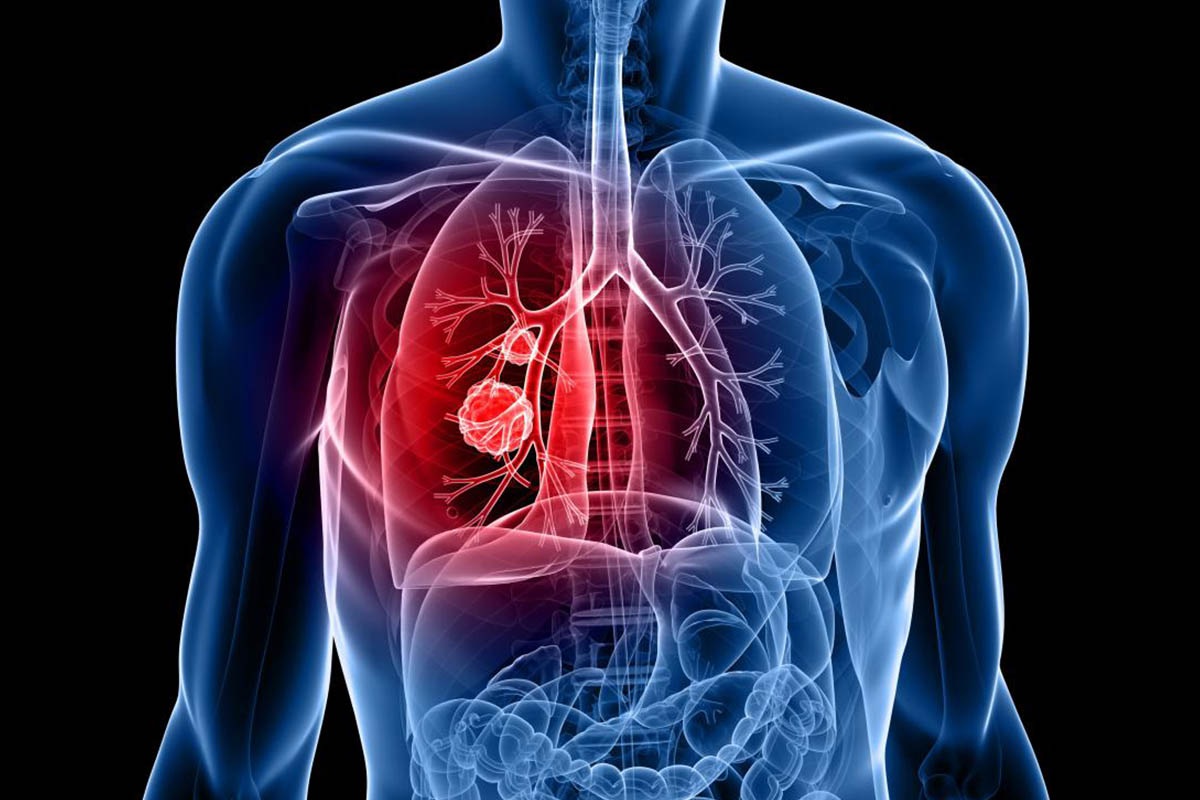Lung cancer is a severe and prevalent disease that requires early detection and diagnosis for effective treatment. In the search for lung cancer treatment in Noida, individuals often seek the expertise of the best oncologists in the area. One method commonly employed by these specialists is the lung cancer needle biopsy, a minimally invasive sampling technique. This blog will delve into the details of this procedure, its benefits, preparation, and what to expect, providing valuable insights for individuals seeking information about lung cancer diagnosis and treatment options.
Understanding Lung Cancer Needle Biopsy
A lung cancer needle biopsy is a procedure performed to obtain tissue samples from the lungs for diagnosis. It is typically recommended when suspicious or abnormal lung nodules or masses are identified on imaging tests such as chest X-rays or computed tomography (CT) scans. The purpose of the biopsy is to determine whether the detected abnormality is cancerous, and if so, the specific type and stage of the lung cancer.
The procedure involves the insertion of a thin needle into the lung tissue to collect small samples for analysis. Different types of lung cancer needle biopsies include CT-guided, bronchoscopy-guided, and endobronchial ultrasound-guided biopsies. These methods enable the oncologists to access and retrieve tissue samples from deep within the lungs, avoiding the need for more invasive open surgery.
Benefits of Lung Cancer Needle Biopsy
Lung cancer needle biopsy offers several advantages over traditional open surgery. Firstly, it is a minimally invasive procedure, requiring only a small incision or puncture in the chest. This results in reduced risk of complications, minimal pain, and shorter recovery time compared to open surgery. Moreover, it allows patients to avoid the potential complications associated with general anesthesia, which is often required in surgical procedures.
Secondly, lung cancer needle biopsy enables the oncologists to obtain tissue samples from deep within the lungs, even from hard-to-reach areas. This improves the accuracy of the diagnosis by providing a representative sample of the tumor. The biopsy samples are then analyzed by pathologists, who can determine the type and characteristics of the lung cancer, such as its histology and genetic mutations. This information plays a crucial role in developing personalized treatment plans tailored to the patient’s specific cancer type and stage.
Preparing for a Lung Cancer Needle Biopsy
Prior to a lung cancer needle biopsy, certain preparations are necessary to ensure a smooth procedure. These preparations may include additional tests and scans to precisely locate the abnormality and plan the biopsy procedure. The healthcare team will provide specific instructions regarding any dietary restrictions or medication adjustments that need to be followed before the biopsy. It is essential for patients to communicate any concerns or anxieties they may have with the healthcare professionals, who can provide reassurance and address any potential complications or risks.
What to Expect During and After the Procedure
During a lung cancer needle biopsy, patients may be given local anesthesia and, in some cases, mild sedation to ensure comfort throughout the procedure. The oncologist will guide the needle into the lung tissue using imaging techniques for precise targeting. Some individuals may experience pressure or brief discomfort during the biopsy, but it is generally well-tolerated.
After the procedure, patients are monitored for a short period to ensure stability before being discharged. Mild pain or soreness at the biopsy site is common, but over-the-counter pain relievers can help alleviate any discomfort. It is crucial to follow post-procedure care instructions provided by the healthcare team, such as avoiding strenuous activities and keeping the biopsy site clean and dry. Potential complications, though rare, may include bleeding or infection, which should be reported to the healthcare provider promptly.
Interpreting Lung Cancer Needle Biopsy Results
The tissue samples collected during a lung cancer needle biopsy are sent to a pathology laboratory for analysis. Pathologists examine the samples under a microscope to identify cancer cells and determine their characteristics. The pathology report provides crucial information about the type of lung cancer, its histological subtype, and any genetic mutations present. This detailed analysis helps oncologists design appropriate treatment plans, such as targeted therapies or chemotherapy, based on the specific characteristics of the tumor.
Conclusion
Lung cancer needle biopsy is a minimally invasive sampling method that offers numerous benefits in the diagnosis and treatment of lung cancer. It allows for accurate diagnosis, precise characterization of the cancer, and the development of personalized treatment plans. Individuals seeking lung cancer treatment in Noida can benefit from consulting the best oncologists in Noida, who can provide expert guidance based on the results of a lung cancer needle biopsy. Early detection, prompt diagnosis, and appropriate treatment are essential for a positive prognosis in the battle against lung cancer.
FAQs
- What is the recovery time after a lung cancer needle biopsy?
Recovery time after a lung cancer needle biopsy is typically short, with most individuals able to resume normal activities within a few days. However, the exact recovery period may vary depending on the individual and any complications that may arise.
- Are there any risks associated with a lung cancer needle biopsy?
While lung cancer needle biopsy is generally considered safe, there are potential risks, albeit rare. These include bleeding, infection, collapsed lung (pneumothorax), or injury to nearby structures. Your healthcare team will take necessary precautions to minimize these risks.
- How accurate is a lung cancer needle biopsy in diagnosing lung cancer?
Lung cancer needle biopsy is highly accurate in diagnosing lung cancer. When performed by experienced professionals, the procedure provides a reliable and representative sample of the tumor, leading to accurate diagnosis and subsequent treatment planning.
- Can a lung cancer needle biopsy determine the stage of the cancer?
The primary purpose of a lung cancer needle biopsy is to determine whether cancer is present and to identify its type. Determining the stage of lung cancer typically requires additional imaging tests and evaluation of the biopsy results in conjunction with clinical information.
- How long does it take to receive the biopsy results?
The time required to receive biopsy results may vary, but in most cases, it takes approximately a week or two. The tissue samples need to be carefully analyzed by pathologists to provide accurate and detailed information for treatment planning. Your healthcare team will inform you of the expected timeframe for receiving the results.



